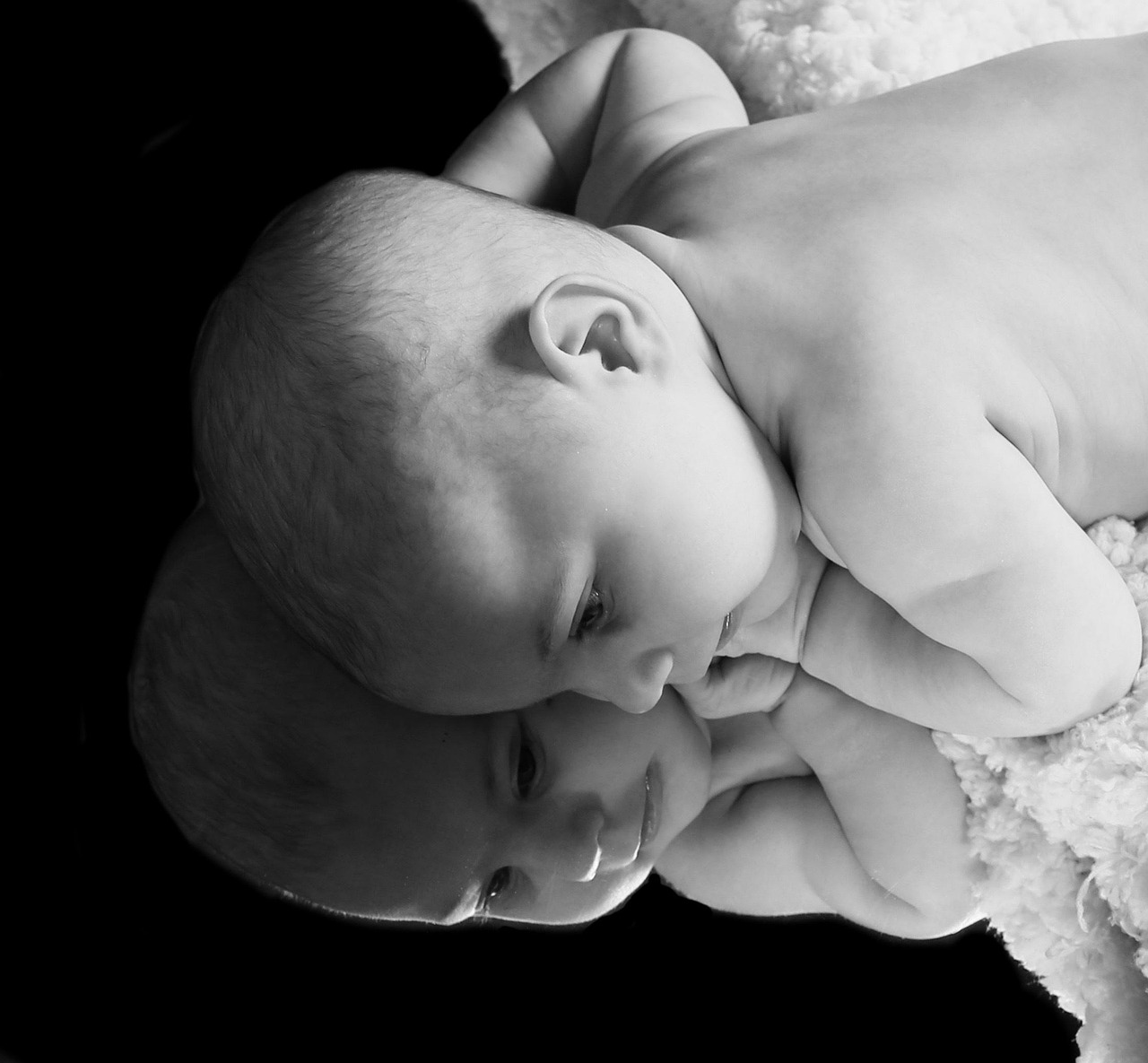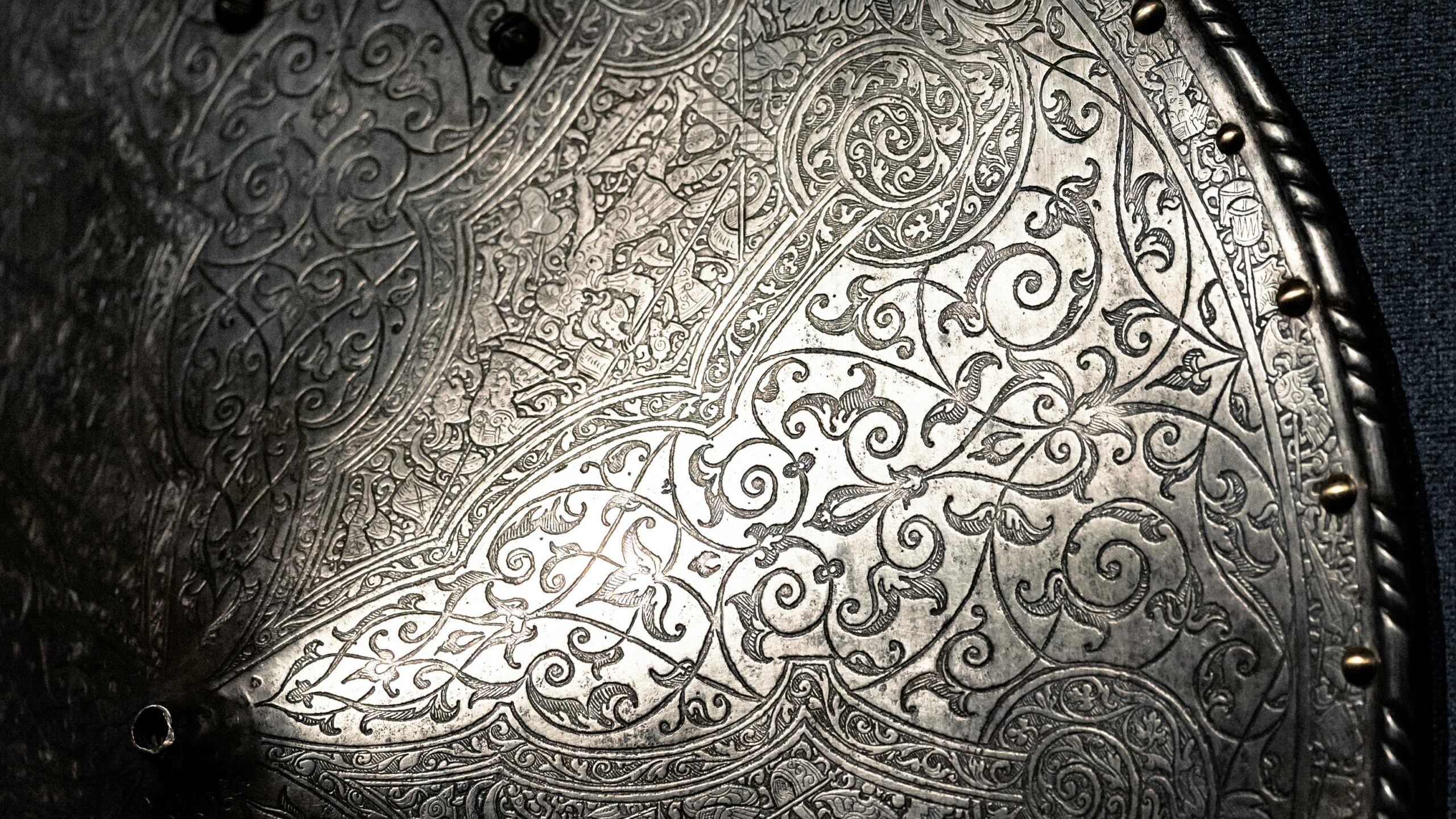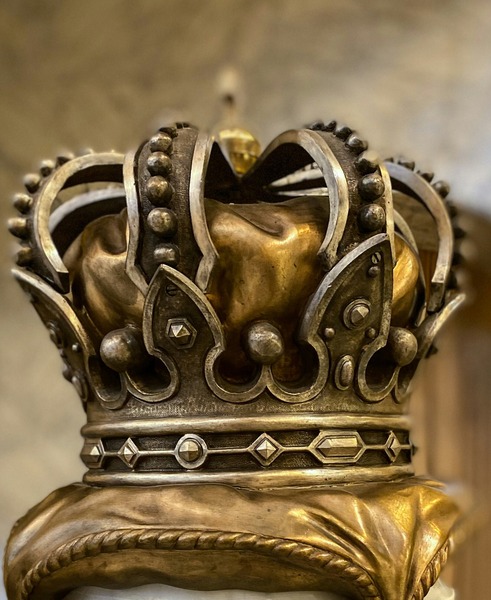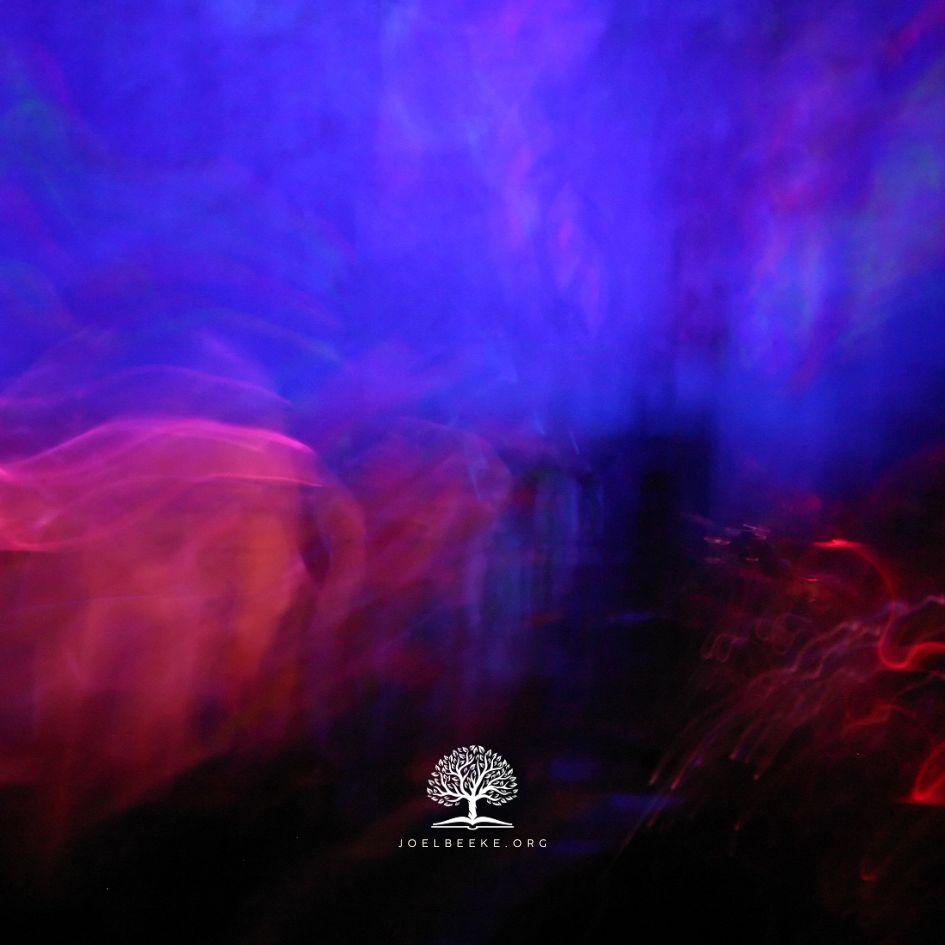
Historically, Puritan worship traces its roots to the apostles and early church fathers through the Reformation. In Puritan writings, you will find many references to Martin Luther (1483–1546). Luther sought to bring all of worship under the Holy Scriptures. He cut back the seven sacraments to two, baptism and the Lord’s Supper, as the only “divinely instituted” signs of the gospel.1Martin Luther, The Babylonian Captivity of the Church, in Luther’s Works (Philadelphia: Fortress Press, 1959), 36:124. On the church’s lack of authority to create a promise or sacrament without its divine institution in the Holy Scriptures, see Luther’s Works, 36:107, 289. Luther also taught that “true spiritual worship” is “the adoration or bowing of the heart,” as you submit yourself to God; in a word, “true worship can be nothing else than faith.”2Martin Luther, The Adoration of the Sacrament, in Luther’s Works, 36:293.
Luther’s evangelical view of worship led him to make the preaching of the Bible the center of worship. It also resulted in him translating the worship service into a language that the people understood (German),3He did retain Latin worship services for the educated, for they could understand it and worship with their minds. and engaging the people to sing.4Martin Luther, The German Mass, in Luther’s Works, 53:63–64, 68; Helmar Junghans, “Luther on the Reform of Worship,” in Harvesting Martin Luther’s Reflections on Theology, Ethics, and the Church, ed. Timothy J. Wengert (Grand Rapids: Eerdmans, 2004), 220–21 Luther took the medieval mass as a sacrifice offered by a priest and reshaped it into our reception of God’s grace reaching out to us in Christ.5Junghans, “Luther on the Reform of Worship,” 212. Thus Luther put worship under the authority of the Word and made it into an evangelical response to God’s grace.
However, out of a concern for Christian freedom and a fear of offending people, Luther allowed the church to retain some forms of medieval worship.
He sought to take “the middle course” of allowing practices in worship wherever they did not explicitly contradict the Scriptures, even if they were human inventions linked to superstitions and idolatry in the Roman Mass.6Martin Luther, Against the Heavenly Prophets in the Matter of Images and Sacraments, in Luther’s Works, 40:130. As the title of this treatise suggests, Luther’s motivation to take a middle way may have been shaped by his reaction against the extremism of some radical Reformers.
While the Lutheran arm of the Reformation retained man-made elements of medieval worship, the Reformed arm pursued a more consistently biblical worship. John Calvin (1509–1564) went further than Luther in insisting that the church not add anything to God’s instructions for worship. Calvin said, “We are not to seek from men the doctrine of the true worship of God, for the Lord has faithfully and fully instructed us how he is to be worshiped.” He based this upon the sufficiency of Christ to be our whole wisdom, as taught in Colossians 2. Like Paul, Calvin condemned “self-made religion” (or “will worship,” Col. 2:23).
Puritan worship, at its core, is Reformed worship.7Joel R. Beeke and Mark Jones, A Puritan Theology: Doctrine for Life (Grand Rapids: Reformation Heritage Books, 2012), 663–66. The word “Reformed” implies that the church had become deformed by human sin and error and must be reshaped by the Spirit of God into conformity to the Word of God. That is precisely what happened. In the Reformation, Christ came to His church and waged war with the sword of His mouth against false worship, and by His Spirit drew the church back toward true worship.
The Puritans inherited and continued this struggle for worship. They saw themselves as heirs of the Reformation, divinely commissioned with the mandate to further the progress of that great movement of the Spirit. They sought to do so not as the iconoclasts (those who vandalized church buildings and destroyed images through violence), but they sought to fully reform the church through the preaching of the Word. They unleashed the Word; the Word brought reformation; the reformation purified worship; and pure worship led to sincere and pure expressions of devotion to Christ.
Reformed Christians believed that worship is the heartbeat of Christianity. But what is true worship? William Perkins (1558–1602), one of the fathers of the Puritan movement, gave this definition of worship: “The worship or service of God is, when upon the right knowledge of God, we freely give him the honor that is proper to him, in our hearts according to his own will.”8William Perkins, A Warning against the Idolatry of the Last Times. And an Instruction Touching Religious, or Diuine Worship (London: Iohn Legat, 1601), 176. Since I am citing the latter portion of Perkins’s work, henceforth it will be cited as Diuine Worship. Patrick Collinson writes, “The life of the Puritan was in one sense a continuous act of worship.”9Patrick Collinson, The Elizabethan Puritan Movement (London: Jonathan Cape, 1967), 356. But here I am speaking not of the whole life, but of worship more specifically as the assembly of God’s people to honor their covenant Lord.
Puritan worship aimed to fulfill the mandate of Colossians 3:16, “Let the word of Christ dwell in you richly in all wisdom; teaching and admonishing one another in psalms and hymns and spiritual songs, singing with grace in your hearts to the Lord.” This verse will be our master text for the remainder of our discussion. In tracing out the principles of Puritan worship, first I will present its foundation (Christ), second, its rule (the Word), third, its form (teaching and admonishing one another with psalms and hymns and spiritual songs), and fourth, its spirit (with grace in your hearts to the Lord).
Excerpt from
PURITAN REFORMED JOURNAL
Volume 14, Number 1 • January 2022
Joel R. Beeke and Paul M. Smalley








